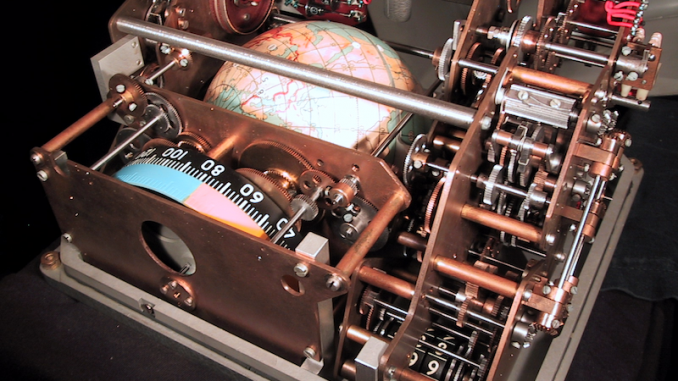
For years, I have been trying to get a reasonable amount of money for an instrument. Last month, I was informed that this has been accepted, and that I now have some money available! So now the question comes up on: “what to do?”.

On paper, life is simple. I try to get the pieces I can afford, and start building (we do have an amazing workshop here to help with that). Building an instrument takes a bit of time and effort, before you have any results on paper. There is always a risk that the thing will not quite work as envisioned, and you will definitely hit a snag here or there, forcing some rethinking of the concept. You learn a lot this way, but you also spend a lot of time that could otherwise be spent doing research. In my experience, it is the software integration in particular which can be very time-consuming to get right. In the end, you’ll have designed an instrument, and probably open-sourced the design, but will anyone be interested in re-using the design at all?
The alternative is to buy an existing “base” instrument and adapt that to your needs. This means compromising: you may not be able to mix-and-match the exact components of your dreams, and there are some overhead costs (unflatteringly referred to often as “profit margin”, but which includes operational costs and salary). However, you do end up with a working instrument with a minimum of effort, integrated with a user interface and with some sort of guarantee that it does what you asked for, and you have the benefit of having a decent instrument iteration with fewer design “bugs” than you’ll be able to get on your first try.
So here is a question for you, dear reader: what would you do? Option 1: buy a source, a detector, some collimation to go in between and build? Or option 2: buy a complete instrument and modify to taste? Leave your comments below!

Hi, Brian.
Delighted to hear that your funding application was successful. Great news!
Philip
Very good news Brian !
I hope that whatever the option you will have an instrument which fits with your needs !!
Personnaly i’ll choose option 2 : build itself the equipment should be
very time consumming !!
Congrats Brian, great to hear on this success.
For me that question depends a bit on what you want to do with the instrument and which kind of experiments your up to.
From my experience there are some decent instruments available which serve as a good base for customization. I would frankly not go as far as building an “ordinary” pinhole SAXS or something like that and investing funds in a decent detector, specific sample environement and the like. As these instruments are also just build on demand I think there’s also a bit of flexibility in what you get if you ask for it specifially.
If it is of course for something more exotic like a bh usaxs, I would go for building instead of adapting something utterly.
Hi Tilman,
Thanks. It’s been a few years of rejections before this, so I didn’t quite expect it to go through this time. I’m getting a quite good idea about how to continue on this, though, stay tuned for more news on this later in the year. :)
Cheers,
B.
IMHO to build a working instrument you need a person working full time to do just that. If we are talking about a normal pinhole camera, there are manufacturers able to provide many custom options for source, collimation and detector. All the tubes inbetween would require some engineering effort to design on ones own. But be aware that it is a low-volume market, so expect problems even in bought machines..
Hi Dominik,
Thank you very much for your input. So far, the votes are very much in favour of buying over building :)
Cheers,
Brian.